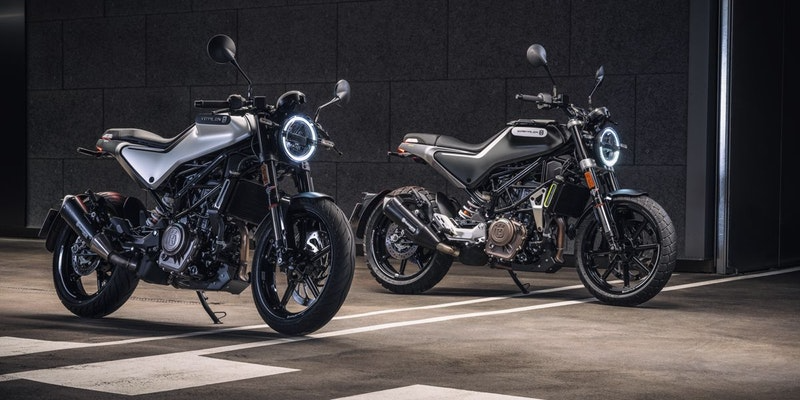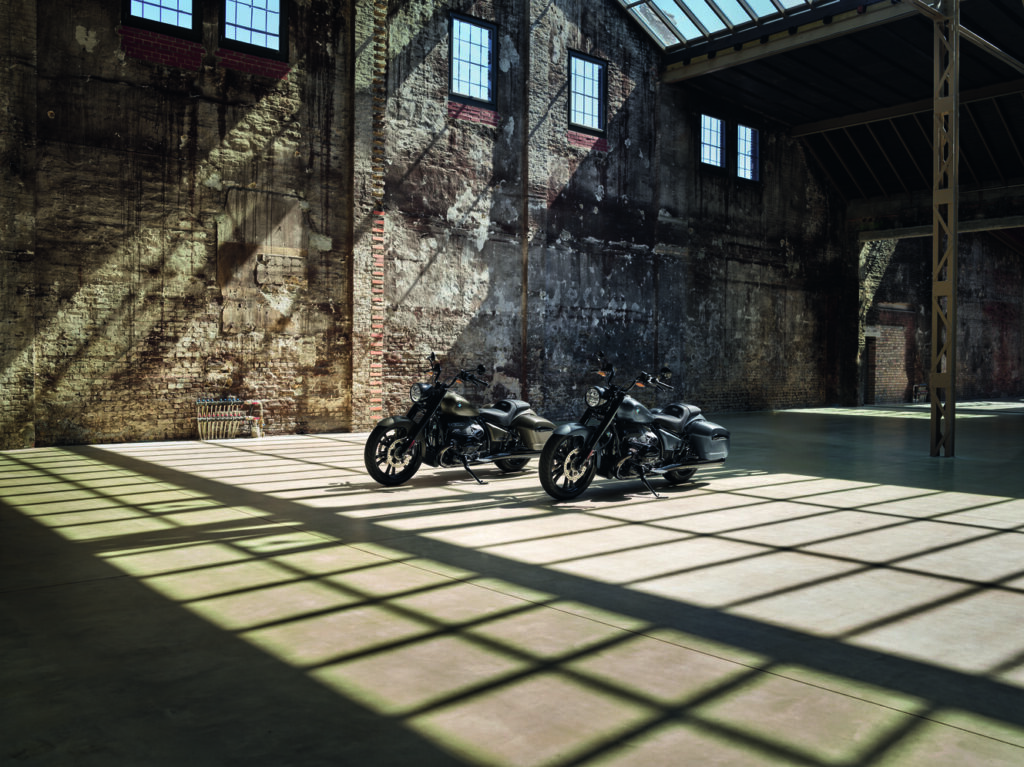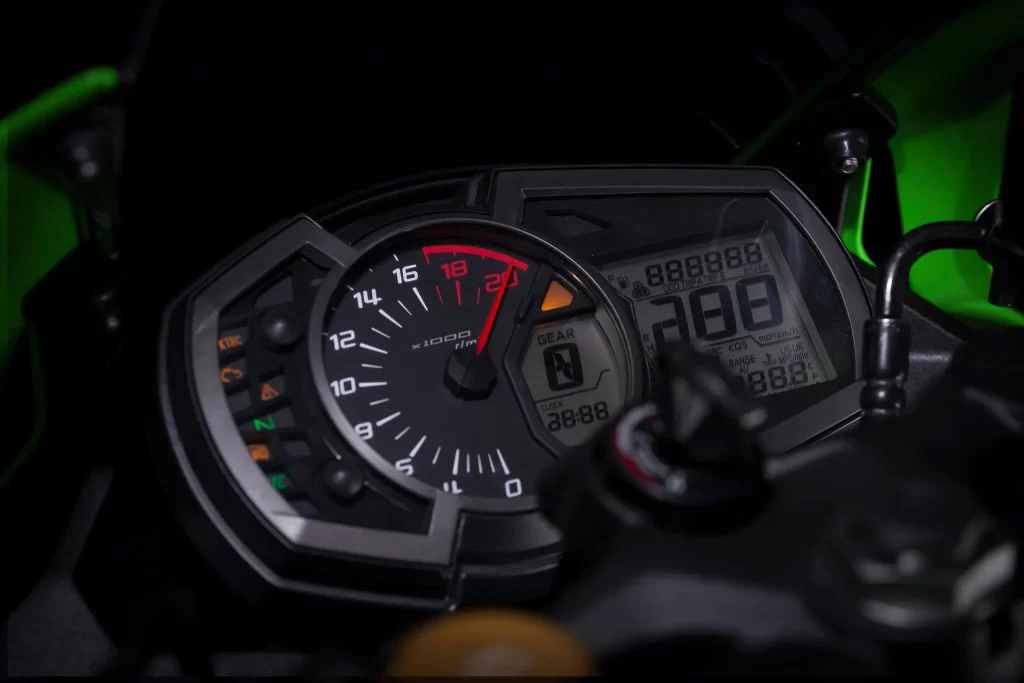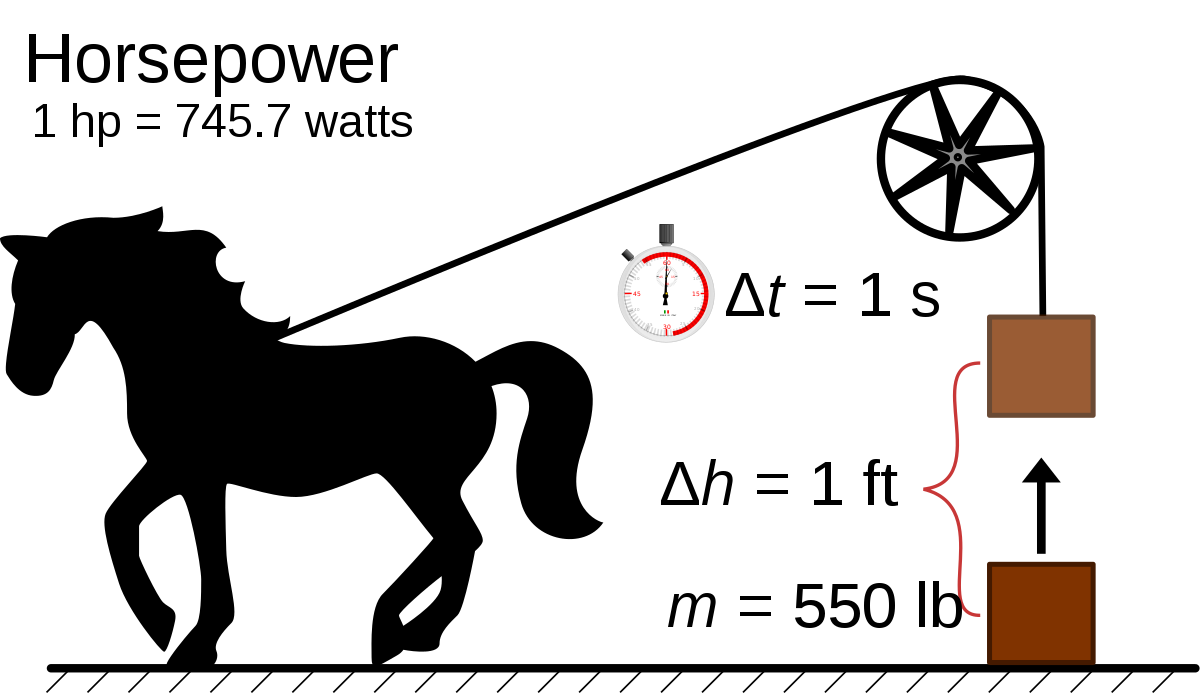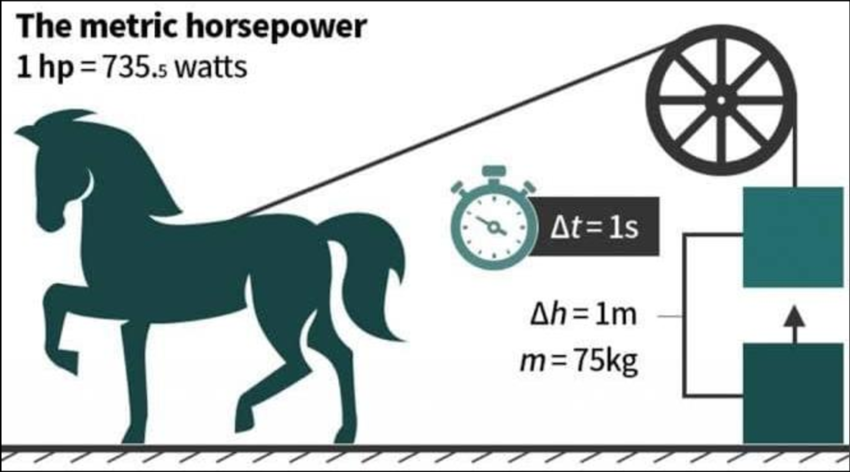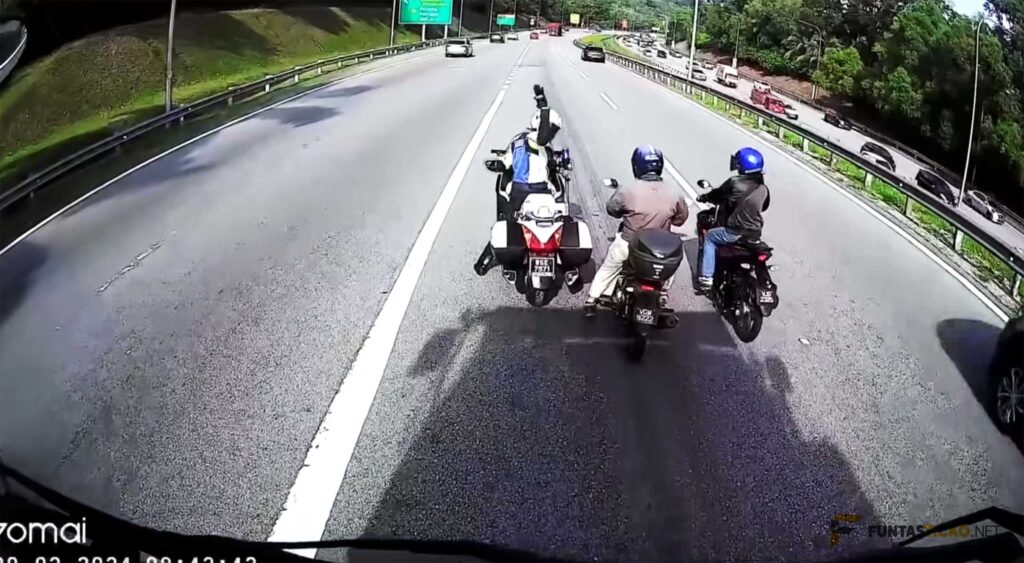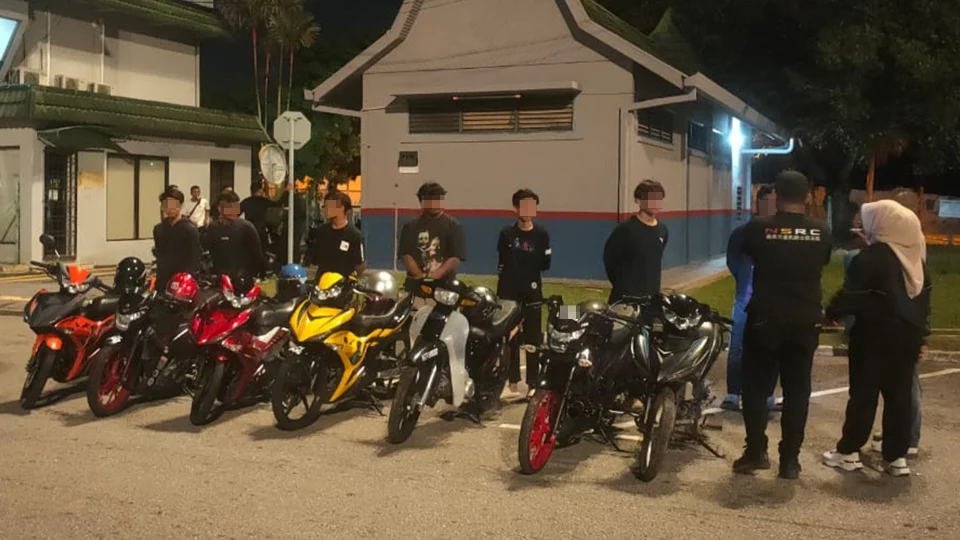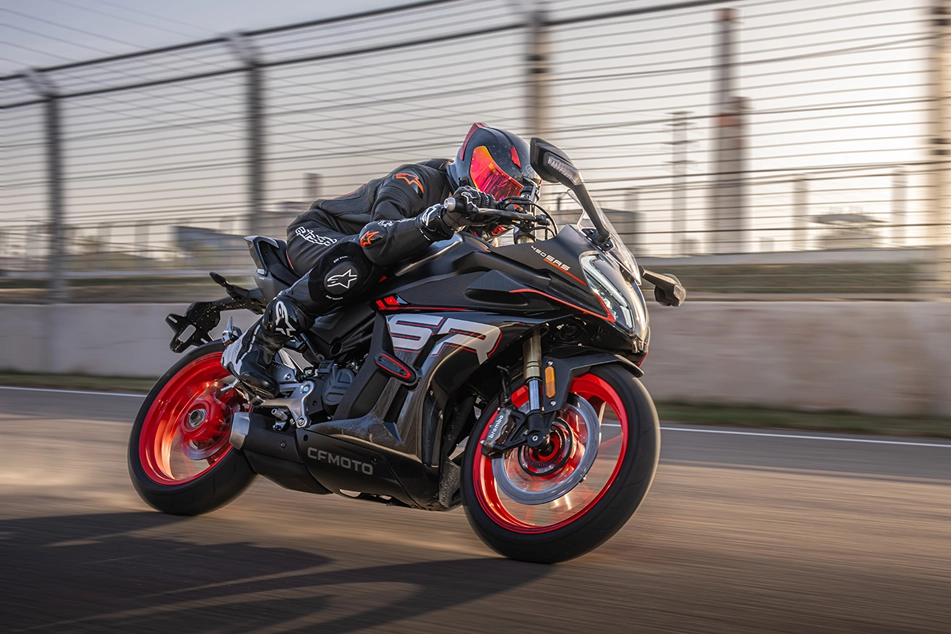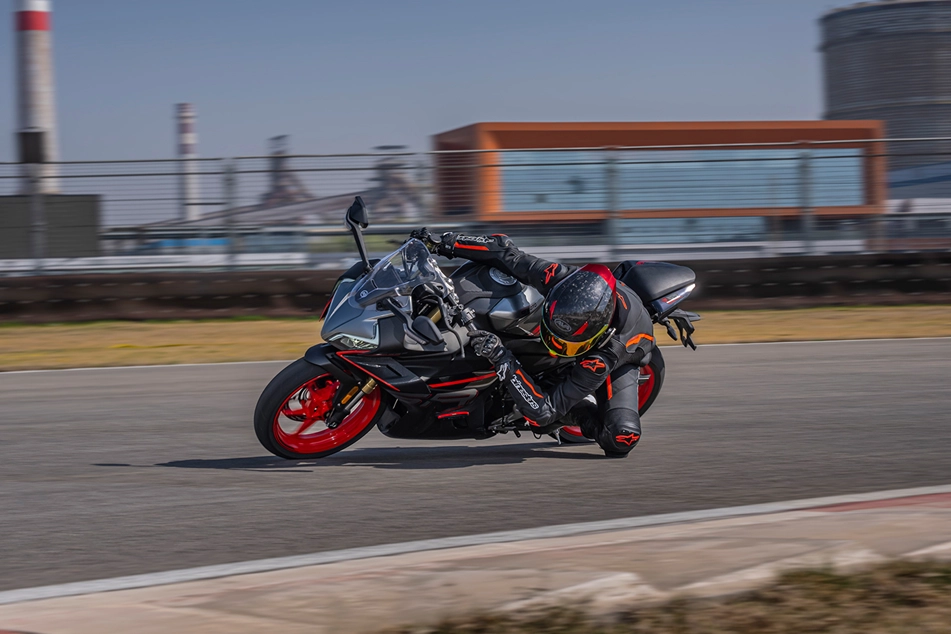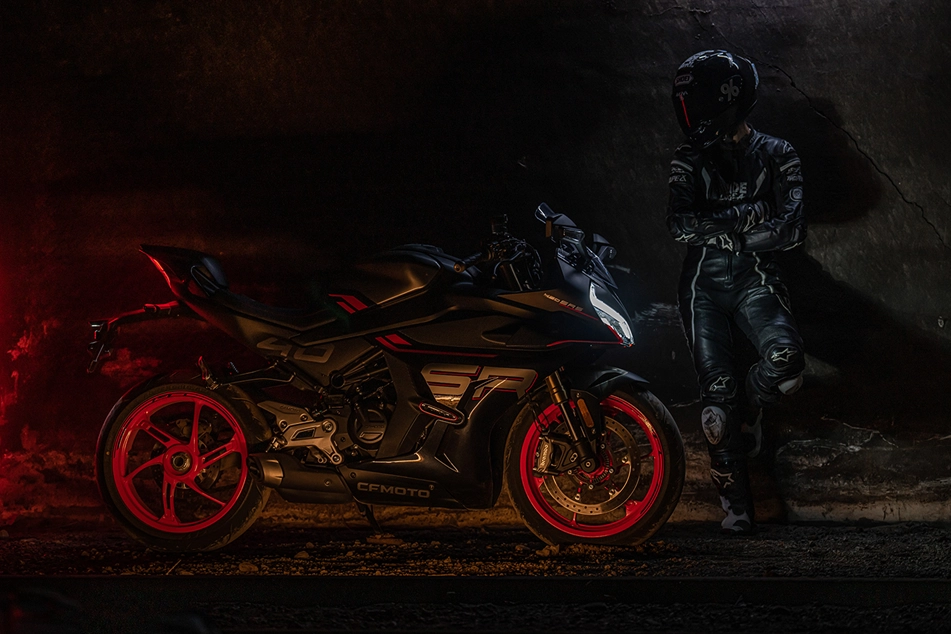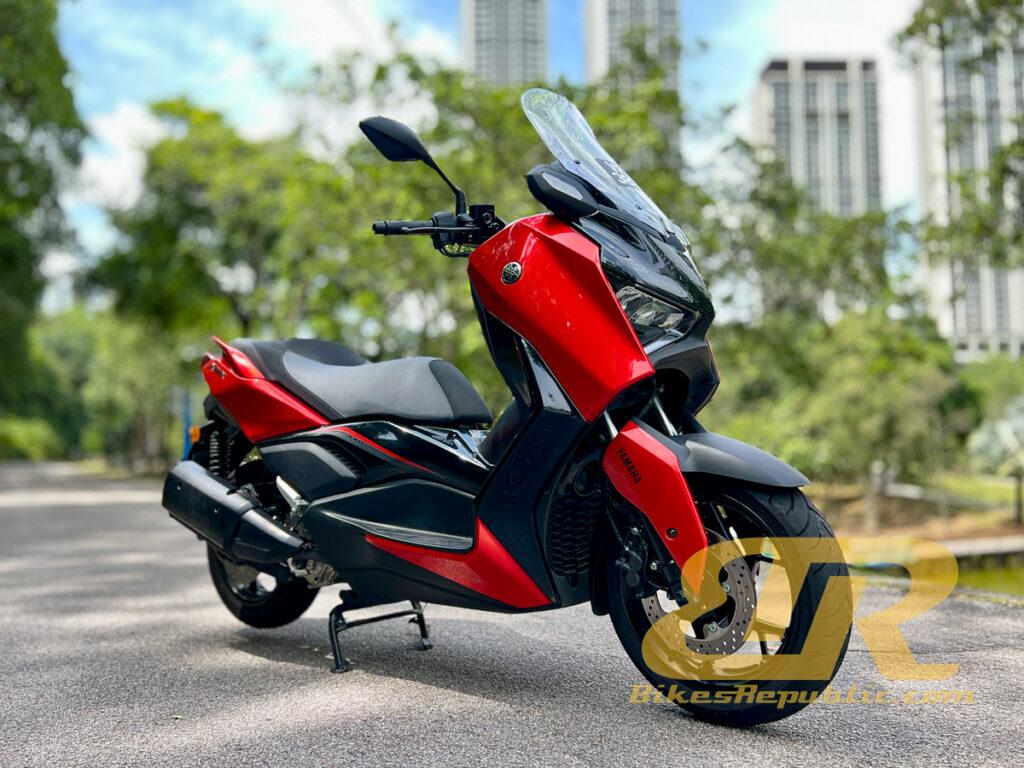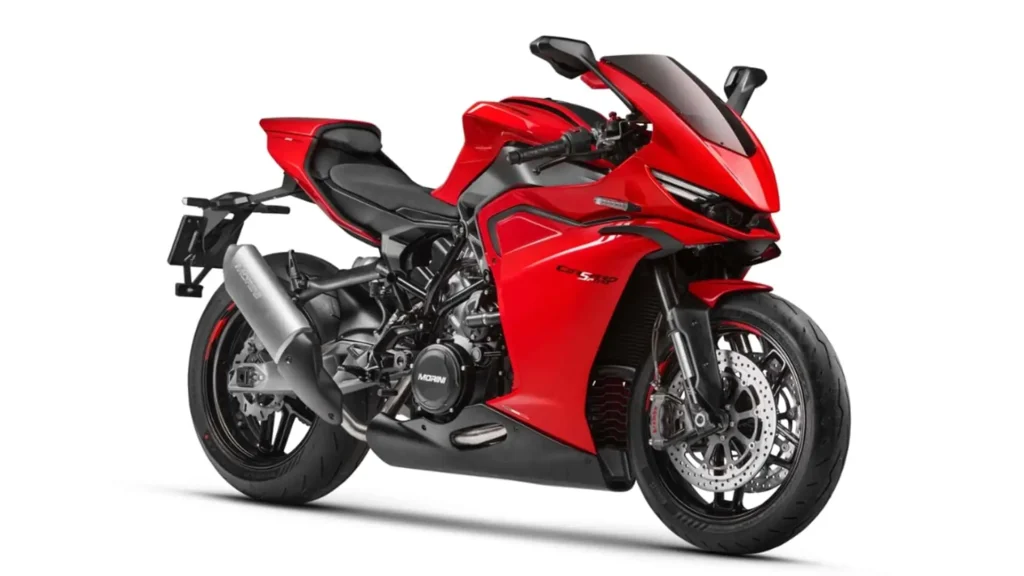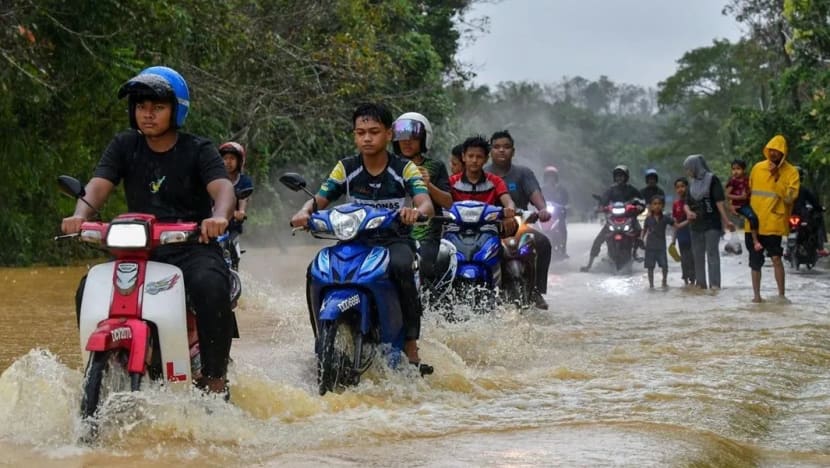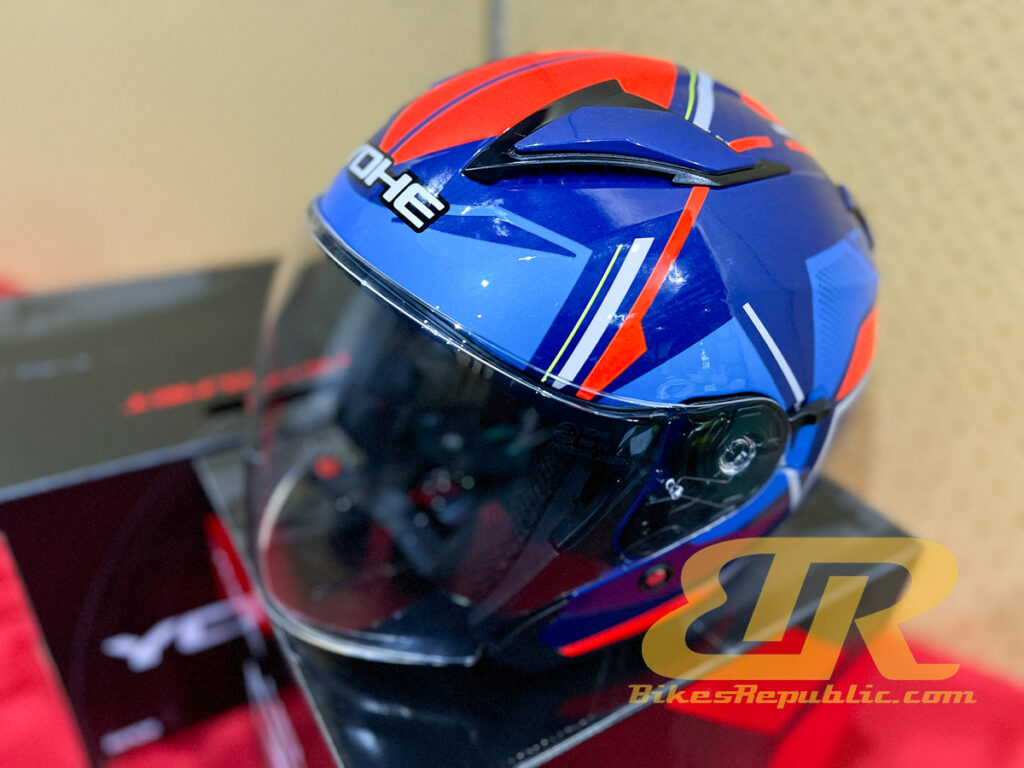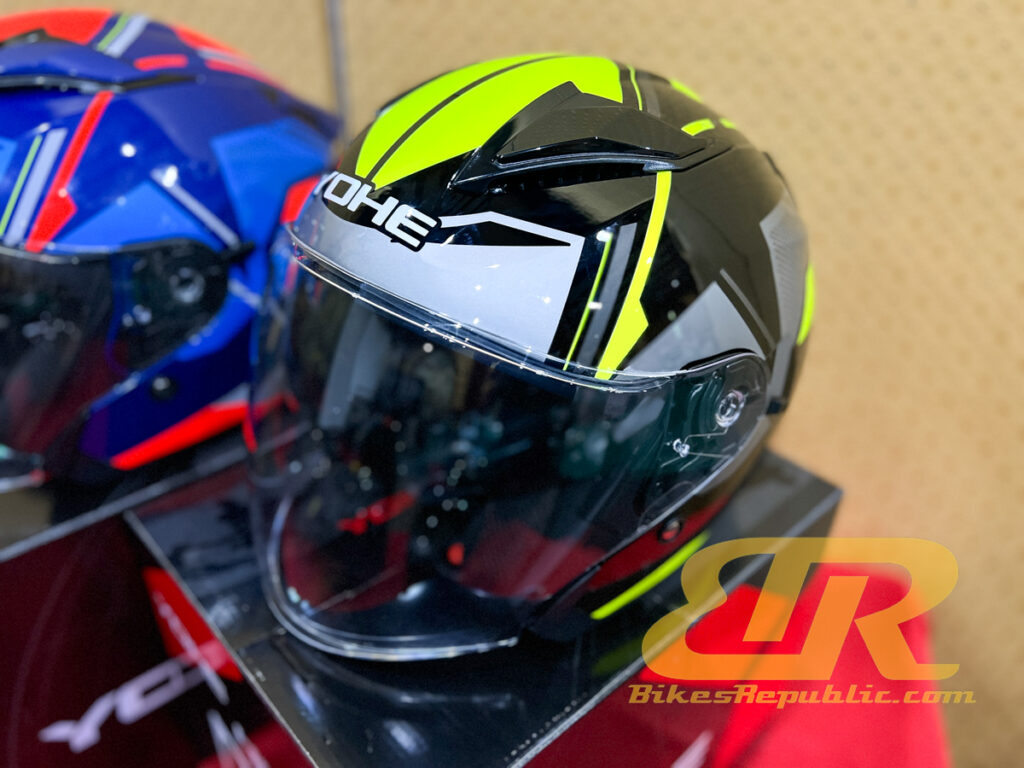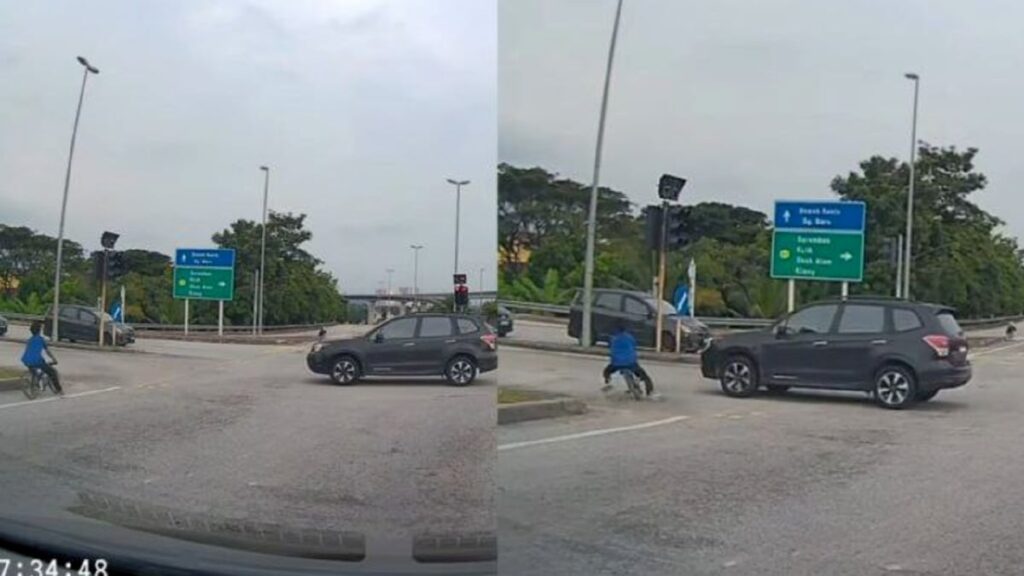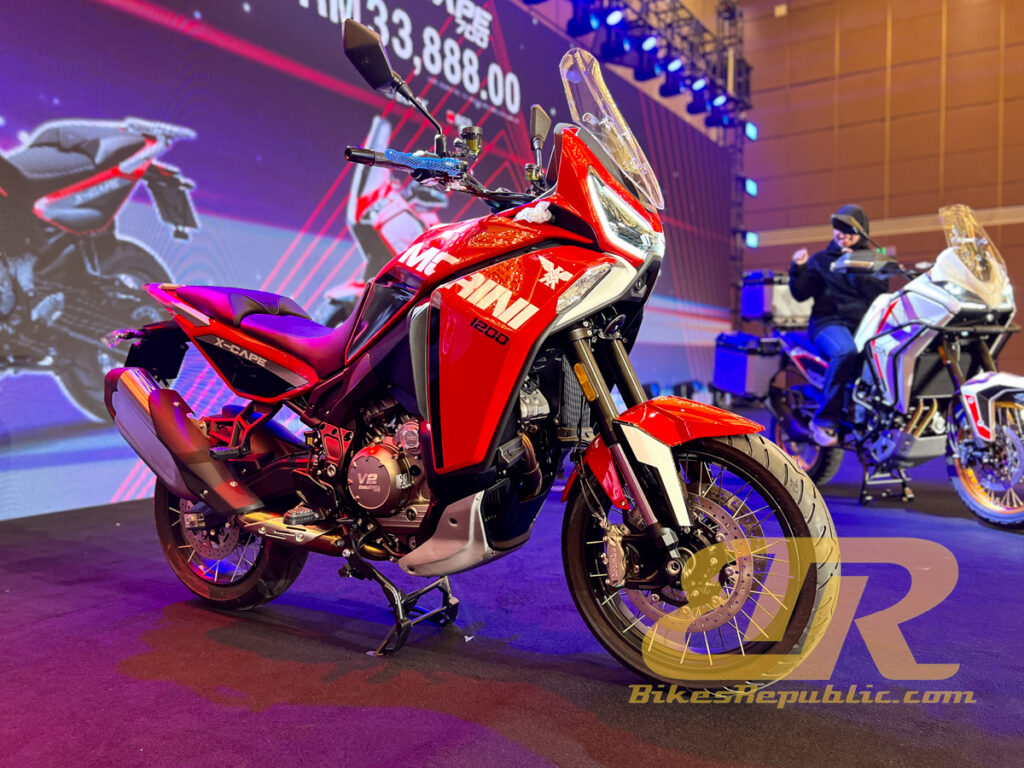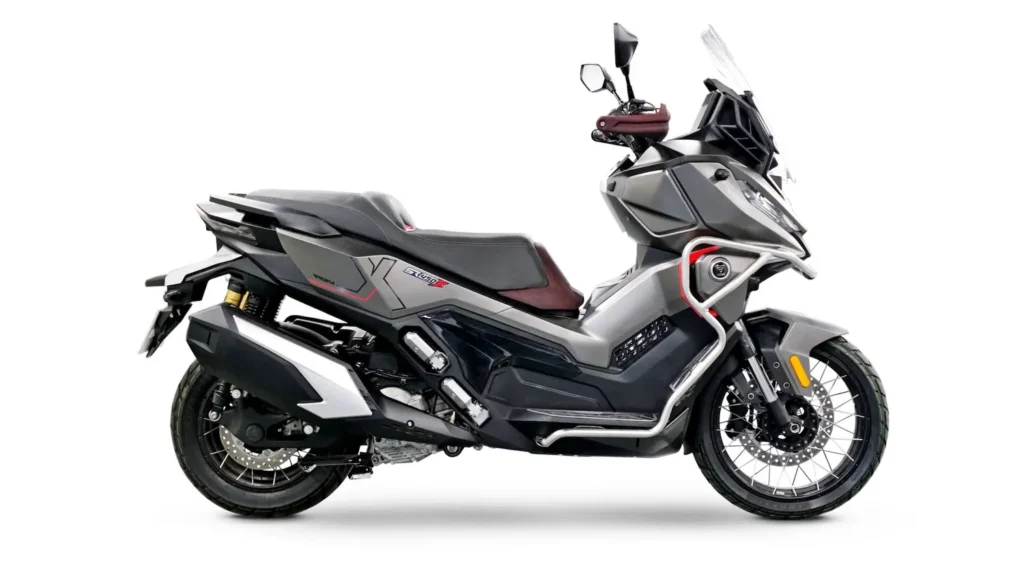Husqvarna Vitpilen 901 telah dikatakan akan dilancarkan untuk sekian lama sehingga kebanyakan peminat sudah terlupa mengenai “janji” ini.
Tetapi Husqvarna baharu-baharu ini telah menyiarkan teaser untuk “suntingan video” penuh pada 5 Mac 2024. Coretan 30 saat itu telah disiarkan pada akaun Instagram dan Facebook Husqvarna. Manalah tahu, video 5 Mac boleh menjadi suatu teaser kepada teaser yang lain, tetapi apapun kita boleh pastikan ianya Vitpilen (cafe racer) atau Svatpilen (scrambler).
Video kali ini menunjukkan sebuah motosikal yang berlumba di atas ais dengan tayar yang menggunakan skru sebagai pancang. Lampu depan yang ditunjukkan seketika kelihatan mirip dengan Norden 901. Satu lagi gambar secara ringkas menunjukkan penyenyap ekzos yang naik di bawah tempat duduk belakang ala KTM 890 Duke. Terdapat tangkapan pada bahagian hadapan, yang menunjukkan fork terbalik WP dan angkup brek berjenama Husqvarna. Bahagian belakang kelihatan seperti Duke.
Sudah tentu, jenama Husqvarna yang berada di bawah payung Pierer Mobility akan berkongsi platform 890 Duke. Ini bermakna enjin dwi-siliner selari LC8c yang menghasilkan 121 hp dan 99 Nm. Ciri-ciri lain termasuk klac PASC, Supermoto ABS, Mod Tunggangan, Kawalan Traksi Motor, skrin TFT. Ciri pilihan mungkin Quickshifter+, Mod Trek, suite komunikasi KTM MyRide, antara lain.
Barisan Husky teridiri beberapa model yang bagus untuk dipilih tetapi mereka tanpa sportbike naked retro. Jadi, di situlah Husqvarna Vitpilen 901 akan diletakkan. Walau bagaimanapun, Vitpilen tidak akan wujud tanpa Svartpilen, dan sebaliknya. Oleh yang demikian, kami boleh menantikan dua model Husky baharu yang akan dilancarkan tidak lama lagi!

